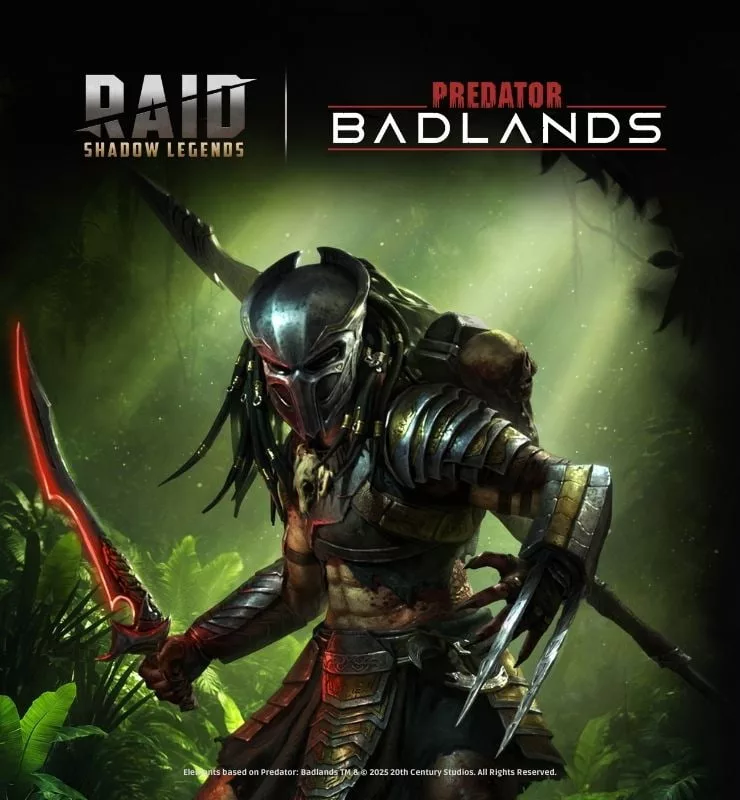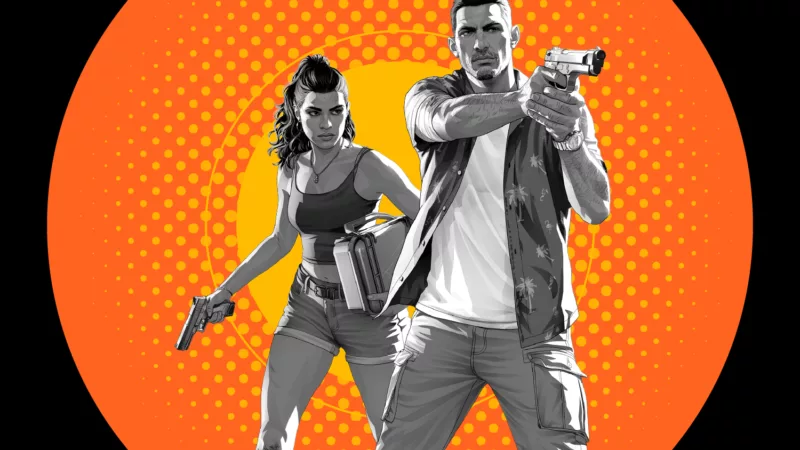
Gacha games have become big business in recent years. First popular in Asia but now a go-to option for mobile gaming fans around the world, this genre has built its reputation on uncertainty.
Indeed, by offering random rewards and ever-evolving storylines, gacha games have captivated players of all persuasions since 2010. This guide will break down the basics of gacha and, in turn, explain why this genre has become an international hit.
What Are Gacha Games?
Gacha games are, in many ways, digital versions of collectible card games (CCGs). The best gacha games have RPG elements built into them. However, unlike RPG games, characters and special items are premade.
In other words, you don’t need to do certain things to incrementally build up a character or item to make it more powerful. Instead, your character or item is ready to go.
This is part of the genre’s appeal. The average gacha game sees you battle against other players/characters and/or complete specific missions.
However, instead of spending long periods of time building something capable of completing said missions (like an RPG), they’re already complete. This allows you to get straight into the action at full power.

Gacha is Ideal for Mobile Gaming
This dynamic is why gacha games are popular with mobile gamers. Mobile gaming is built on the idea that players can dip in and out at will. In essence, mobile gaming experiences can be more ephemeral.
The games don’t need to have intricate storylines that are built up over long periods. The action should be instantly available which, in turn, means players can start and stop whenever they like. Thus, in explaining the gacha genre, we can say they’re casual games.
That’s an important point to note. However, we need to go further and ask, what are gacha games and what makes them like CCGs? The answer is random rewards.
You’re required to purchase a box or packs in a gacha game. These packs contain random rewards, such as the fully formed characters we’ve discussed. This is where entertainment and uncertainty come into the mix.
Creating Uncertainty
RPGs require you to complete tasks in order to build a character. This adds uncertainty to the mix because you don’t know if you’ll complete enough missions to build the perfect character. This isn’t the case in gacha games.
Instead, you purchase a pack, and you get a random, fully formed character. Depending on the game this character may be referred to as a “unit”. You don’t know what unit you’re going to get. This element of chance makes things uncertain and entertaining.
What’s more, the best gacha games, like Zenless Zone Zero, have hierarchies. This can be represented in different ways, some games will use a star system, with 5 stars being the best and one being the worst. There are stronger units than others and this is what keeps you engaged.
You’re not only trying to defeat other players and/or complete missions; you’re trying to get bigger and better units. However, because the rewards are random, you don’t know what you’re going to get.
The only way you can get better characters or items is to play. Therefore, what you get is a system whereby you’re always in with a chance of getting the most powerful characters, but it’s also an experience you can start and stop at will.
The History of Gacha Games
Anyone who’s been around gaming for a while will notice that the rewards in gacha games are similar to loot boxes. In theory, they’re virtually identical.
In practice, there is a big difference: loot boxes aren’t integral to a game, whereas the packs and boxes you’ll find in gacha games are integral to your experience. What’s more, gacha games didn’t originate from the same place as loot boxes.
The origins of this genre are important because it sheds some light on why random rewards are integral to these games. So, what are gacha games and where do they come from?
Gacha Games’ Background in a Nutshell
The genre originated in Japan back in 2010. It was inspired by gachapon (gashapon) vending machines that are popular in Japan and other parts of Asia.
These vending machines are filled with capsules that contain different toys. You put money in the machine, and it dispenses a random capsule.
Gacha games work in the same way: you load up the game, buy packs, and get random rewards. It might not be a toy, but it is something that can help you in the game. The random reward can be anything relevant to the story.
Aside from a game character, the reward could be a weapon or special powers, for example.
The point here is that there are dozens of possible rewards, and you’ll receive one at random. The other point to note is that these rewards aren’t free. Like the toys you get from a gachapon vending machine, you need to pay for them.
That means paying for it via in-game purchases. In technical terms, these purchases are known as microtransactions.
What Are Microtransactions?
Microtransactions are in-game transactions. In other words, you’re able to buy something without exiting the game you’re playing. This means that gacha games can be described as freemium products, i.e. they’re free to download and play.
However, to get the full experience, it’s necessary to make microtransactions. Therefore, the games are free, but they are premium products because you have to pay for something to progress.
Gacha Games in Action: What Makes Gacha Games Popular?
Looking at the best gacha games, you can see that they have some very similar features:
Collectible Characters
Characters are the backbone of almost all the best gacha games out there. More characters don’t always make for a better game. However, the most popular gacha games nowadays feature a very wide variety of characters.
As previously established, part of the reason these games are engaging is that there’s an element of uncertainty. If a game only contains three or four characters, there isn’t much uncertainty because it would only take three or four microtransactions to unlock everything.
That’s why top-rated gacha games like Alchemist Code have 50 characters and Arknights has over 100. It’s also important to have some sort of grading system. Characters need to be strong in certain areas and weak in others.
This, again, creates a sense of uncertainty and, in turn, a need to continue collecting new characters.
Stories and Campaigns
Many of the best gacha games have an RPG dynamic. There’s no use creating a random reward dynamic if players don’t have any reason to unlock them. This is where the RPG mechanics come in.
For example, Another Eden has an overarching storyline, but, it also includes some non-standard elements such as stories within a story. This allows you to slip into an ever-evolving matrix of plots, subplots, and missions.
Multi-Player Experiences
Modern gacha games offer online multiplayer experiences. This creates additional layers of uncertainty, unpredictability, and dynamism. When you enter a PvP dynamic, there’s no telling what the other person will do.
This makes it almost impossible to predict how things will play out which, in turn, makes your experience fresh and exciting.
Gacha Life Games
Certain types of gacha game contain an element of growth and evolution. To put it another way, you can find yourself in a living, breathing environment where settings and characters are constantly changing.
These are known as gacha life games and offer a similar experience to Tamagotchi toys, i.e. you have to look after a character/s by feeding them, caring for them, etc.
Gacha Game Tips and Tricks
Gacha games might incorporate a certain level of uncertainty, but this doesn’t mean you can’t implement some strategies. In fact, with the right approach, you can get maximum enjoyment from your gaming experience.
With this in mind, here are some gacha games tips you can use in any scenario:
Know the Game You’re Playing
A common question in the world of gaming is “What’s the best ____ game?”, and gacha games are no exception.
There might be no definitive answer to “What is the best gacha game” but there is one thing that’s most important, and that is that you understand the game you’re playing, and how it works.
Don’t dive into something and start spending money if you’re not sure how to progress or, more importantly, you don’t like it. The great thing about gacha games is that most of them are free. This means you can get a feel for what they offer before you start spending money.
What’s more, you can learn the basics without committing yourself to the game financially.
Have a Budget
Are gacha games bad? The answer is no, they are not inherently bad. However, because these games involve microtransactions, there is a danger of spending too much. If this happens, you could say that it’s a bad experience.
As long as you have a set budget and stick to it, there’s nothing wrong with gacha games. The amount you spend will be a matter of personal preference. The main thing to remember is that you should only buy as many packs as you can afford.
Once you’ve hit your spending limit, stop.
Time Your Purchases
The top gacha games have special events during which the items you unlock will be more valuable. These events are known as fests or fes. You don’t need to wait for an event to make purchases. However, at least some of your purchases should be made during a fest.
Timing them in this way should allow you to get maximum value.
Playing Gacha Games
There are plenty of gacha games out there. From Raid: Shadow Legends to Genshin Impact. Each one has its own unique story and takes on the gacha dynamic.
As long as you enjoy the uncertainty of random rewards and you’re willing to make microtransactions, this is a great genre. Yes, you should be mindful of the amounts you’re spending.
However, the nature of these games is such that you’ll want to invest some time and money into these ever-evolving virtual worlds.







